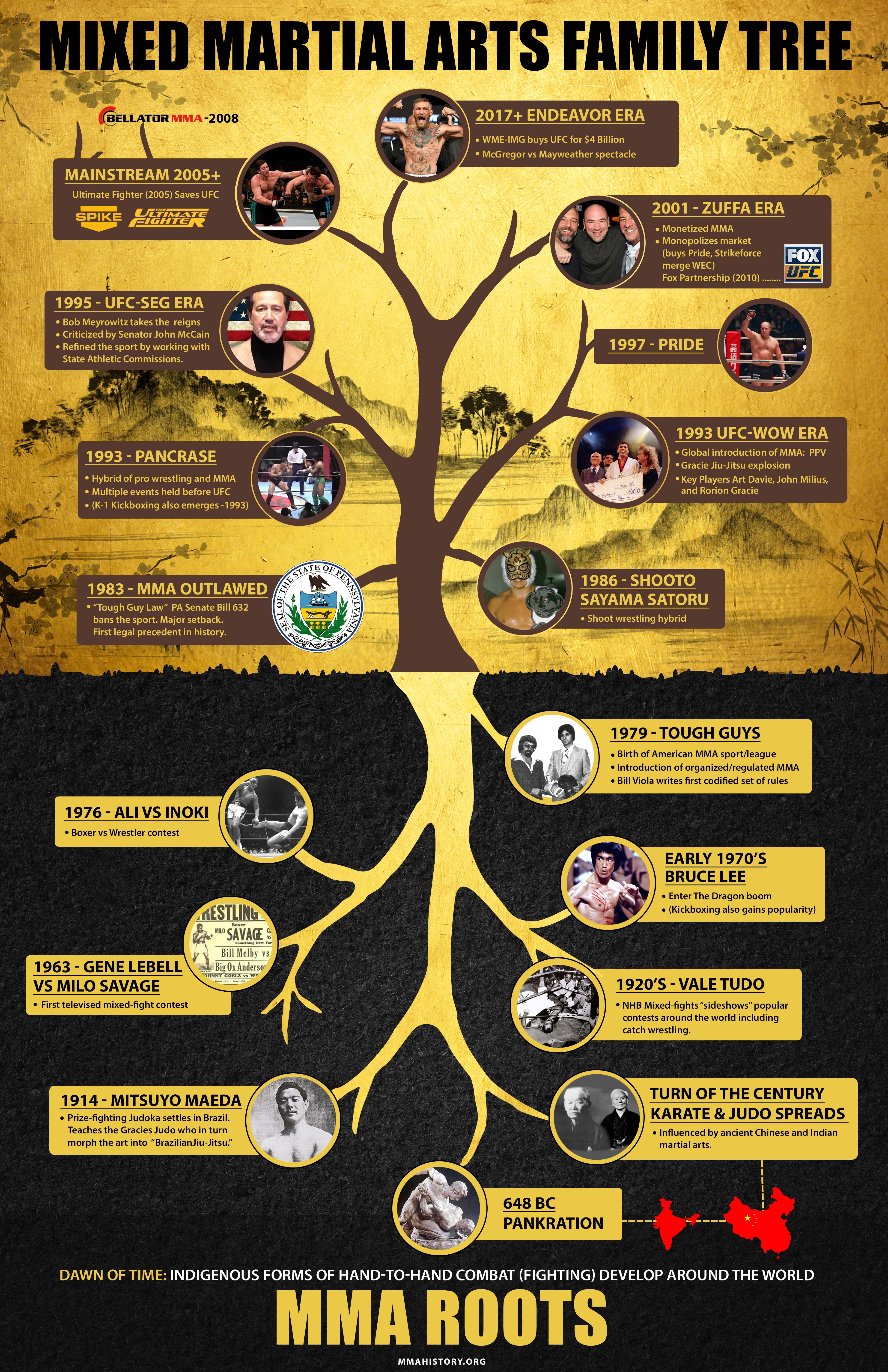The Worldwide History And Transformation Of Martial Arts
The Worldwide History And Transformation Of Martial Arts
Blog Article
Short Article By-Wilcox Graham
Martial arts have a fascinating history that covers centuries and continents. You could find it appealing how ancient techniques like Shuai Jiao and Kalaripayattu laid the groundwork for modern-day fight techniques. These disciplines not only highlight physical abilities yet also mirror the societies that birthed them. As you explore their evolution, take into consideration how globalization has actually transformed these conventional types into hybrid styles. What influences do you assume have formed today's martial arts landscape?
Ancient Martial arts: The Foundations of Battle
As you explore the globe of old martial arts, you'll discover the abundant foundations that shaped combat methods throughout societies. Very early techniques concentrated on Self-Defense and survival, commonly integrating strikes, hurting, and weaponry.
In old China, for instance, methods like Shuai Jiao stressed tosses and joint locks, while India's Kalaripayattu showcased dexterity and fluid movement. Japanese samurai established Kenjutsu, a polished swordsmanship that highlighted technique and strategy.
These martial arts offered not just for battle yet likewise as a way of individual growth, instilling values like regard and determination. The blending of these strategies with time laid the groundwork for the diverse martial arts you see today, each reflecting the one-of-a-kind approaches and needs of its culture.
The Social Impact on Martial Arts Advancement
While martial arts typically show the practical requirements of a society, they also embody the cultural worths and beliefs of their origins. When you discover various martial arts, you'll notice just how they're affected by religion, ideology, and social standards.
For example, the emphasis on regard and technique in Japanese martial arts stems from Zen Buddhism and samurai culture. On the other hand, Brazilian Jiu-Jitsu promotes flexibility and technique, shaped by the need for performance in a varied, modern environment.
india king of martial arts movie could locate that the rituals, uniforms, and training techniques show a community's background and identification. By comprehending these cultural influences, you strengthen your recognition of martial arts and their function in shaping human experiences around the world.
Modern Adaptations and the Globalization of Martial arts
Martial arts have changed dramatically in recent years, adjusting to contemporary culture and global impacts. You'll notice that conventional kinds have combined with modern strategies, producing hybrid styles like MMA. These adjustments deal with diverse target markets, making martial arts easily accessible and appealing globally.
With https://screenrant.com/forgotten-great-martial-arts-tv-shows/ of social networks and digital platforms, you can find tutorials and competitions from all corners of the globe, breaking geographical barriers. This globalization has resulted in a shared admiration for various self-controls, from Brazilian Jiu-Jitsu to Taekwondo.
As Suggested Internet page involve with these arts, you'll realize they're not just about battle; they advertise physical fitness, discipline, and mental wellness.
Inevitably, contemporary adjustments have enhanced the martial arts landscape, making it a dynamic and advancing technique.
Verdict
In exploring the history and development of martial arts, you reveal an interesting blend of strategies, cultures, and ideologies. From ancient techniques like Shuai Jiao and Kalaripayattu to the modern adaptability seen in MMA, martial arts show humankind's quest for Self-Defense and individual growth. As you involve with these methods, you not just acquire abilities but additionally a much deeper admiration for the varied practices that shape our world today. So, continue your trip and welcome the art of fight!
